Japanese gardening tools are worth the investment – and I've put hundreds to the test to find the best ones
These Japanese gardening tools can revolutionise your gardening


As a product tester, I've tested hundreds of products, particularly gardening tools. In all the thousands of hours I've clocked up digging my way through different products, one nation's manufacturing output has stood out among all the rest: Japan.
I don't want to give the wrong impression. The notion of Japanese gardening tools is something of a marketing gimmick, and many brands will tell you that their tools are 'artisanal' or 'traditional' when they've really just been mass-produced in a factory. There's a lot of Japanese tools out there that aren't worth your money. However, several of my favorite essential gardening tools just so happen to be Japanese-made.
I've collected together the very best Japanese gardening tools from my years of testing, so you can evaluate for yourself if these tools are worth your money.
The best Japanese gardening tools
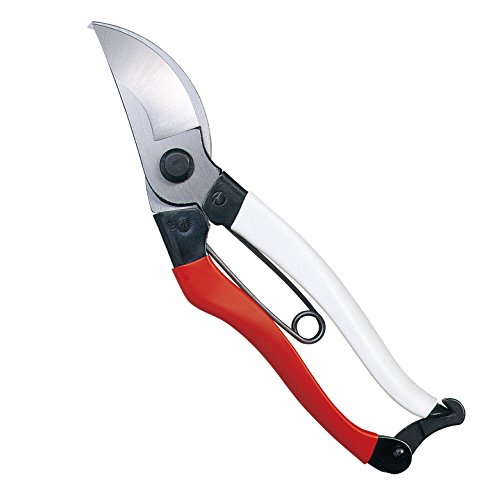
First up, in my humble opinion, the best pruners ever made. Other gardeners will disagree, but I have yet to use a better set than these. They're remarkably robust, incredibly comfortable, and the safety catch is secure but easy to open. While the red and white handles look great, they also make it easy to spot these prunes if you drop them into a shrub or onto a lawn on accident.
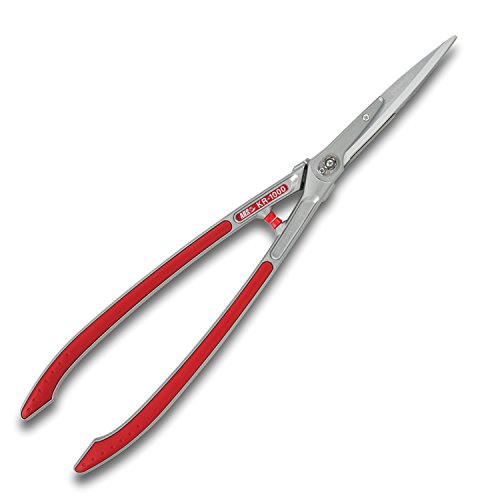
Next, my favorite hedge shears. At just under two pounds, they're one of the lightest shears I've ever used, so you never get tired while you use them. Best of all, the blade is absurdly sharp, so they're perfect for topiary and precise trimming. They're not always great for tackling thick branches, but they excel at almost every task I've tested them on.
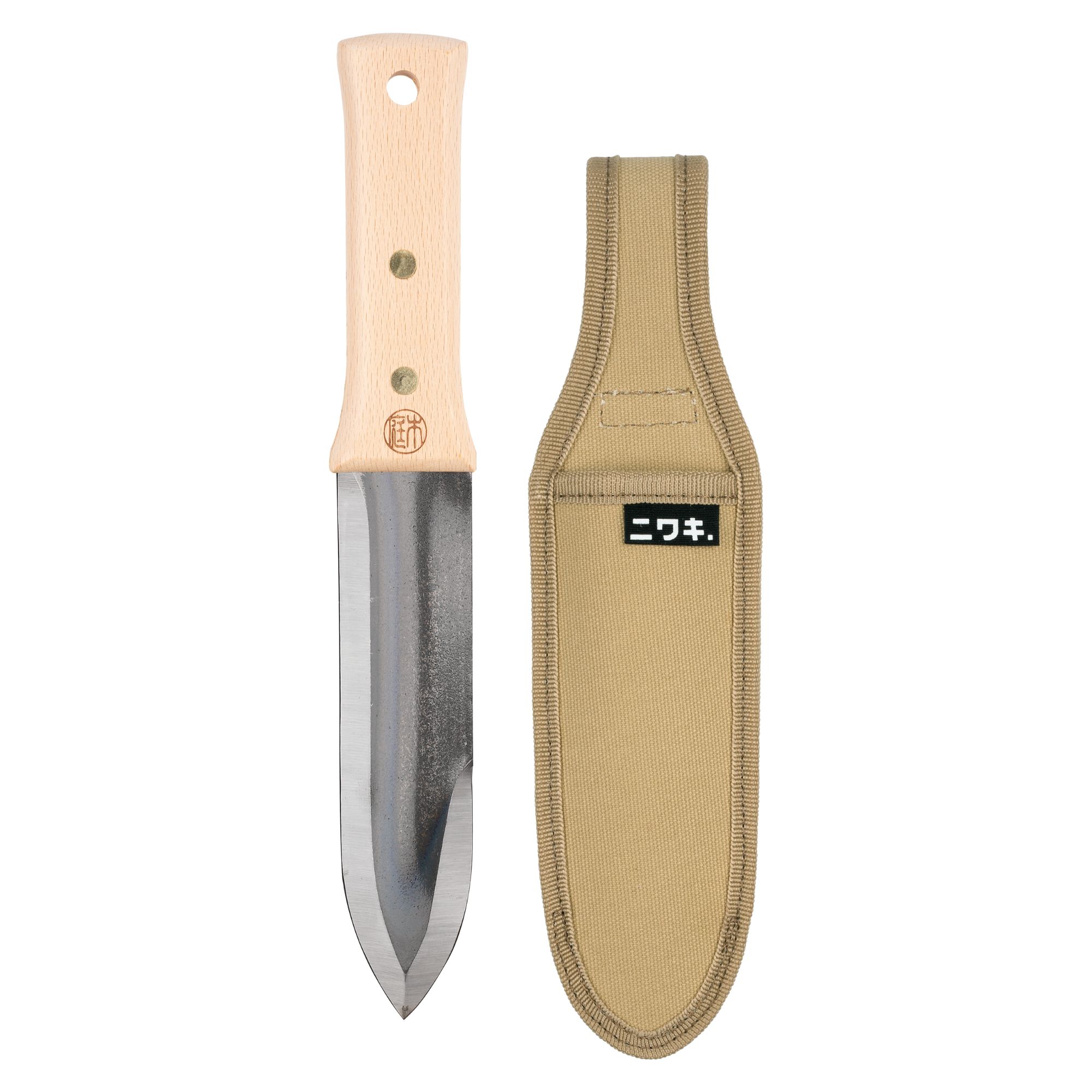
I'm not entirely convinced by hori hori knives (I am a die-hard partisan of the Capability Trowel, available at Amazon) but this is hard to beat. Niwaki's hori hori is incredibly high-quality and well-conceived and easily cuts through tough roots. It's great for precise sowing and saves you from carrying around a dibber and a hand trowel and saw all at once, but you may struggle with tougher digging.
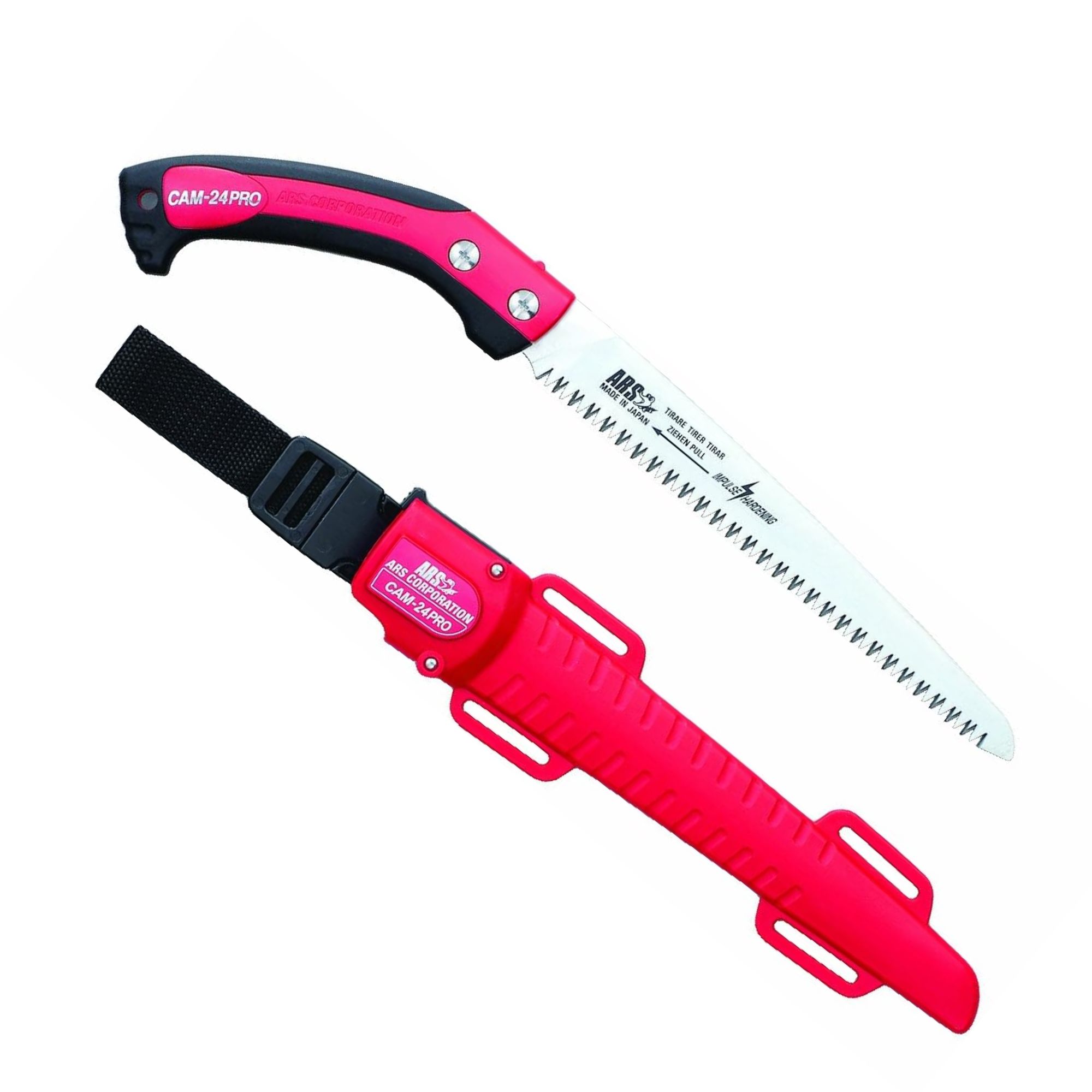
ARS also make one of my favorite pruning saws. It was the last saw I tested on a long day of pruning rhododendron branches and this saw felt like a miracle. It's like pulling a saw through melted butter. It's a little awkward to strap the holster to your leg, but I can't fault it's performance for heavy-duty pruning.

A golden shovel seems a little fancy, but this is a solid, hard-wearing tool. It's lightweight but tough, and does a great job at powering through compacted dirt. While it's nice that it comes with a canvas bag, the issue is the price - it's a lot to spend on a work tool.
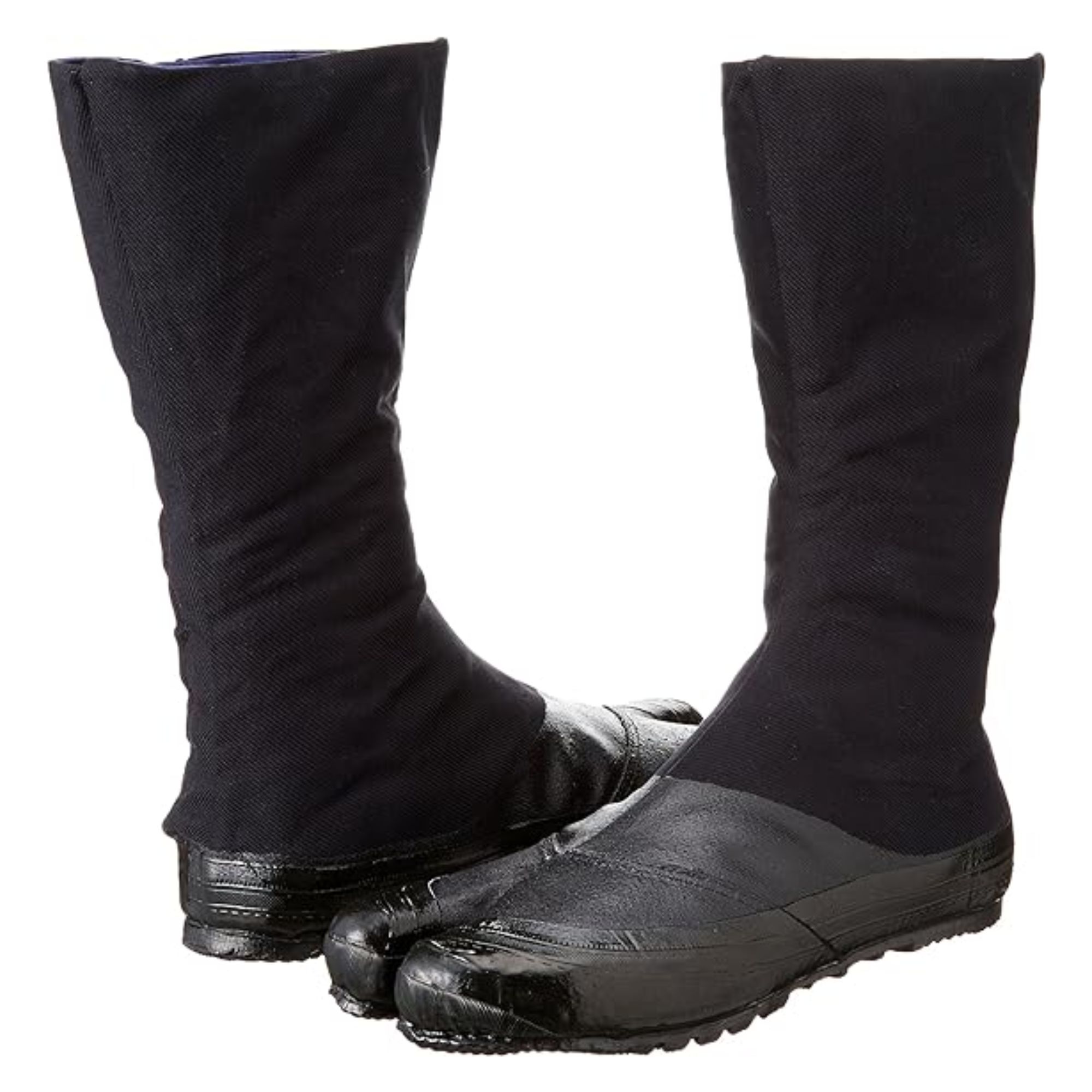
Tabis are best known in America as Maison Margiela's classic boot (available at Net-A-Porter, for those interested). However, that design is based on a classic Japanese shoe which has also been repurposed for gardening. While I personally don't love the sensation of a split toe shoe, I've worked with a few gardeners who swear by these. The split toe and shallow sole mean it's much less clumsy than an outdoor boot, and it also makes it much easier to climb trees if you need to.
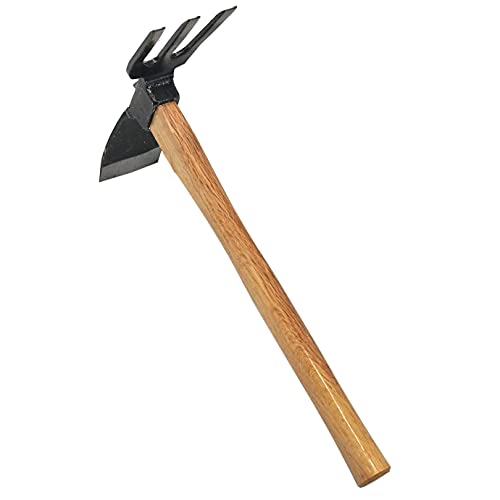
My favorite hand hoe has been discontinued but this looks pretty similar. The heavy metal head makes this a great tool for turning over tough soil to get it ready for planting.
![Gardening Weeding Sickle Hand-Held Tools [made in Japan] Japanese Garden Weeder Hand Hoe](https://cdn.mos.cms.futurecdn.net/vCN6YPHYFGRbmmrpFkYiGh.jpg)
Long hours on my knees weeding have taught me that a sickle like this is one of the best tools. You can dig weeds up right at the roots and cut straight them, eliminating the chance that the plant will grow back again. The only drawback with weeding sickles is that they can be incredibly sharp, so you need to handle them with care.
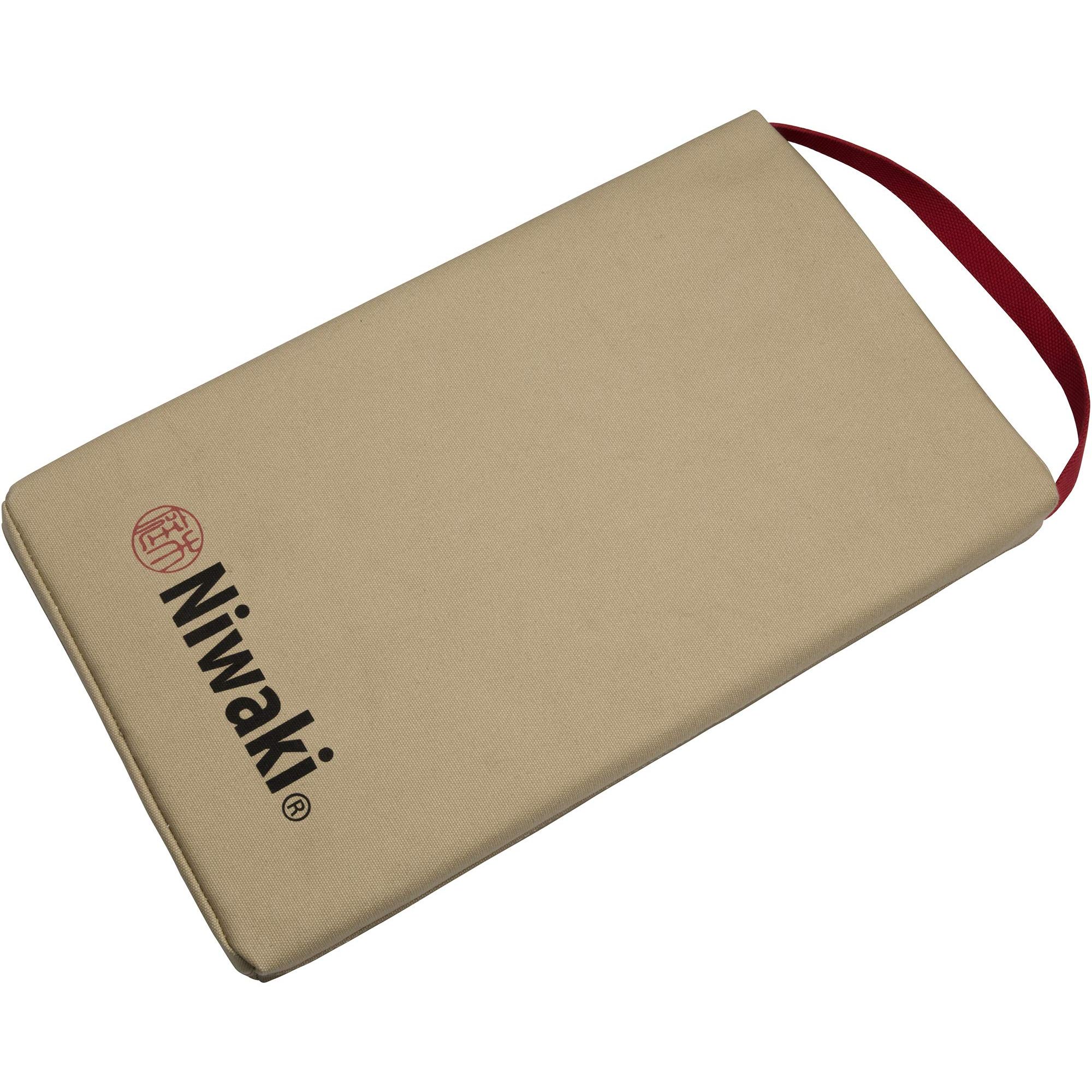
While it's not exactly a Japanese invention, this Japanese-designed kneeler is my favorite I've ever used. The canvas is waterproof, so it's great for winter work or for gardening on morning dew, and unlike other kneelers, it's soft without totally giving way, offering excellent support to tired knees.
Japanese gardening tool FAQs
Are Japanese gardening tools better than other types of tools?
It's not so much a question of 'better', but Japanese tools use high-quality Japanese steel, and unlike many other countries' tools, they tend to use wood or metal handles rather than plastic and TPR rubber. This tends to mean that Japanese tools are harder wearing.
Some of the marketing copy you'll see out there will claim that these tools are 'handmade', or 'artisan', which is often untrue, but the reality is that many Japanese-made gardening tools are better than their mass-produced equivalents manufactured in China, America, and India.
For more help with gardening tools, take a look at our guides to deadheading mistakes, or how to use a pruning saw.
Sign up to the Homes & Gardens newsletter
Design expertise in your inbox – from inspiring decorating ideas and beautiful celebrity homes to practical gardening advice and shopping round-ups.

As a gardens and lifestyle contributor, Alex makes sure readers find the right information to help them make the best purchase. Alex got his start in reviewing at the iconic Good Housekeeping Institute, testing a wide range of household products and appliances. He then moved to BBC Gardeners’ World Magazine, assessing gardening tools, machinery, and wildlife products.
-
 5 vital ways a home battery backup can help with your most urgent needs in a power outage – from heating to flood prevention and calls
5 vital ways a home battery backup can help with your most urgent needs in a power outage – from heating to flood prevention and callsExperts say they're a worthy investment
By Clement Feng Published
-
 Is the viral salt hack the secret to a weed-free patio? A garden expert warns of irreparable, long-term damage – plus reveals the safest way to get results
Is the viral salt hack the secret to a weed-free patio? A garden expert warns of irreparable, long-term damage – plus reveals the safest way to get resultsYou might have seen gardeners on TikTok or Instagram using salt to kill weeds in pavers, but this hack should be avoided at all costs
By Thomas Rutter Published
-
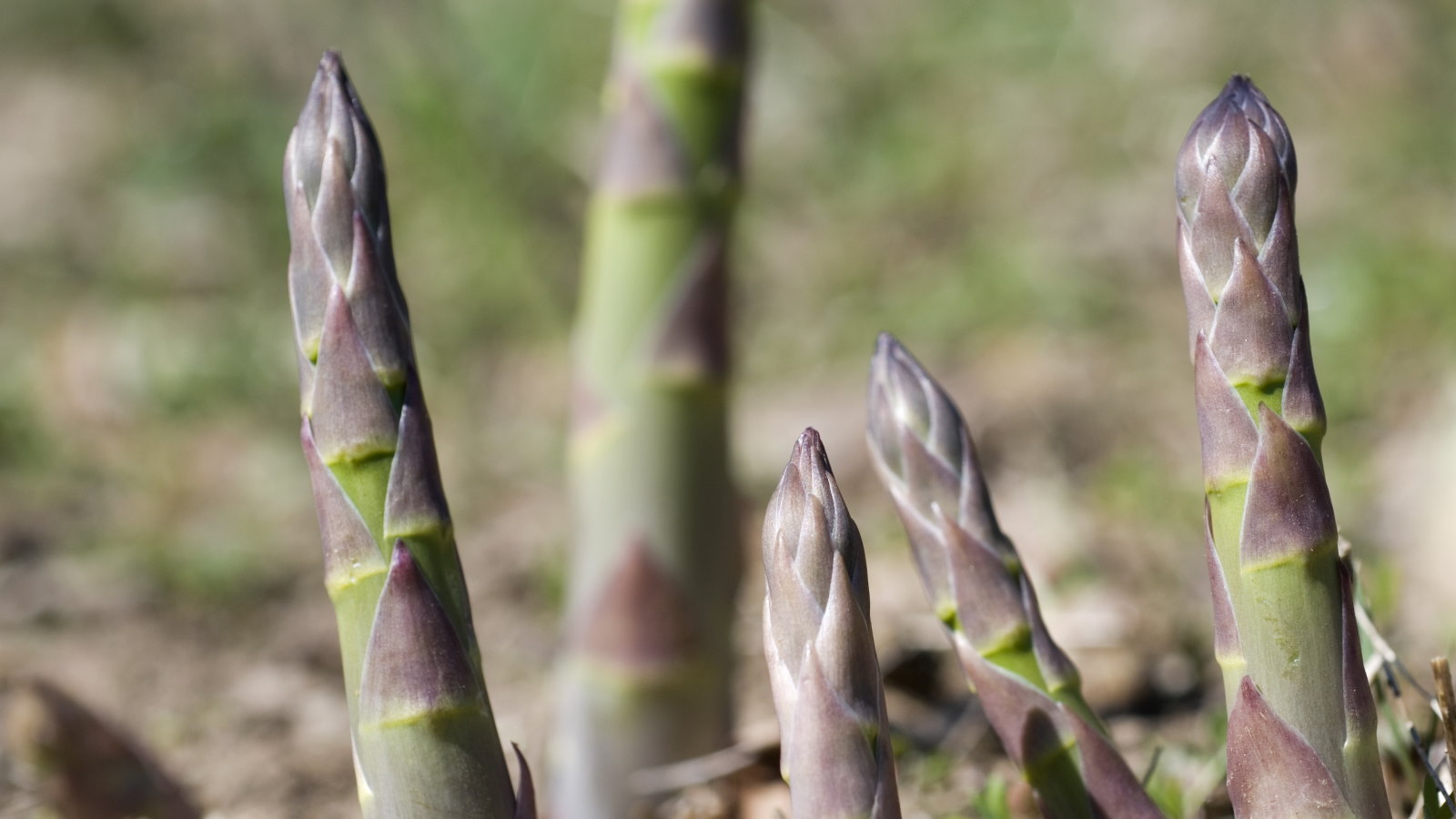 When and how to divide asparagus – expert tips to rejuvenate older plants for better yields
When and how to divide asparagus – expert tips to rejuvenate older plants for better yieldsDividing asparagus crowns is simple and rewarding, but you must get the timing right
By Drew Swainston Published
-
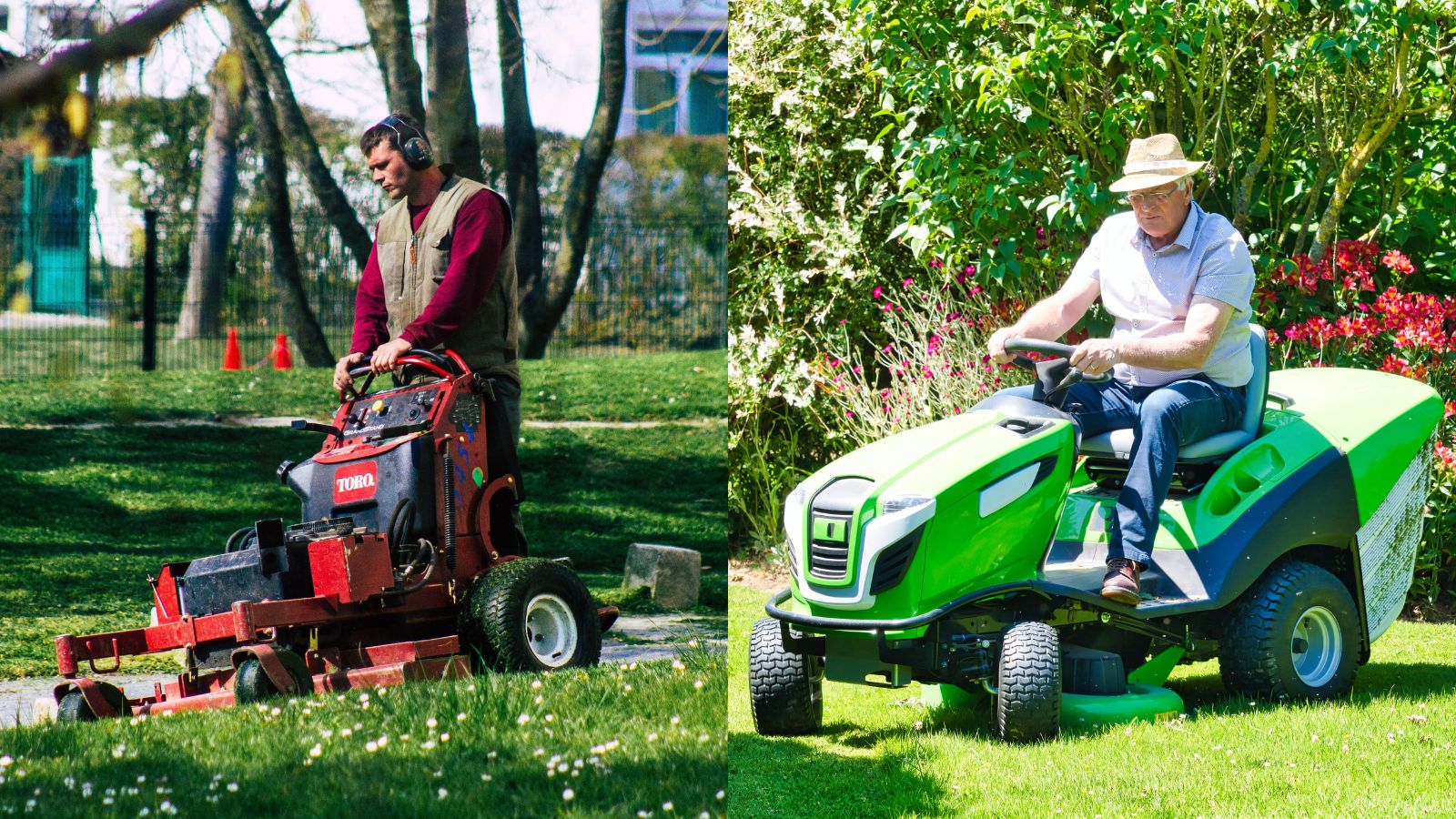 Standing mowers vs riding mowers – a mowing expert reveals which is best
Standing mowers vs riding mowers – a mowing expert reveals which is bestStanding mowers vs riding mowers is a heated debate among landscapers. I spoke to a landscaping expert to find out if standing mowers really are the best
By Alex David Published
-
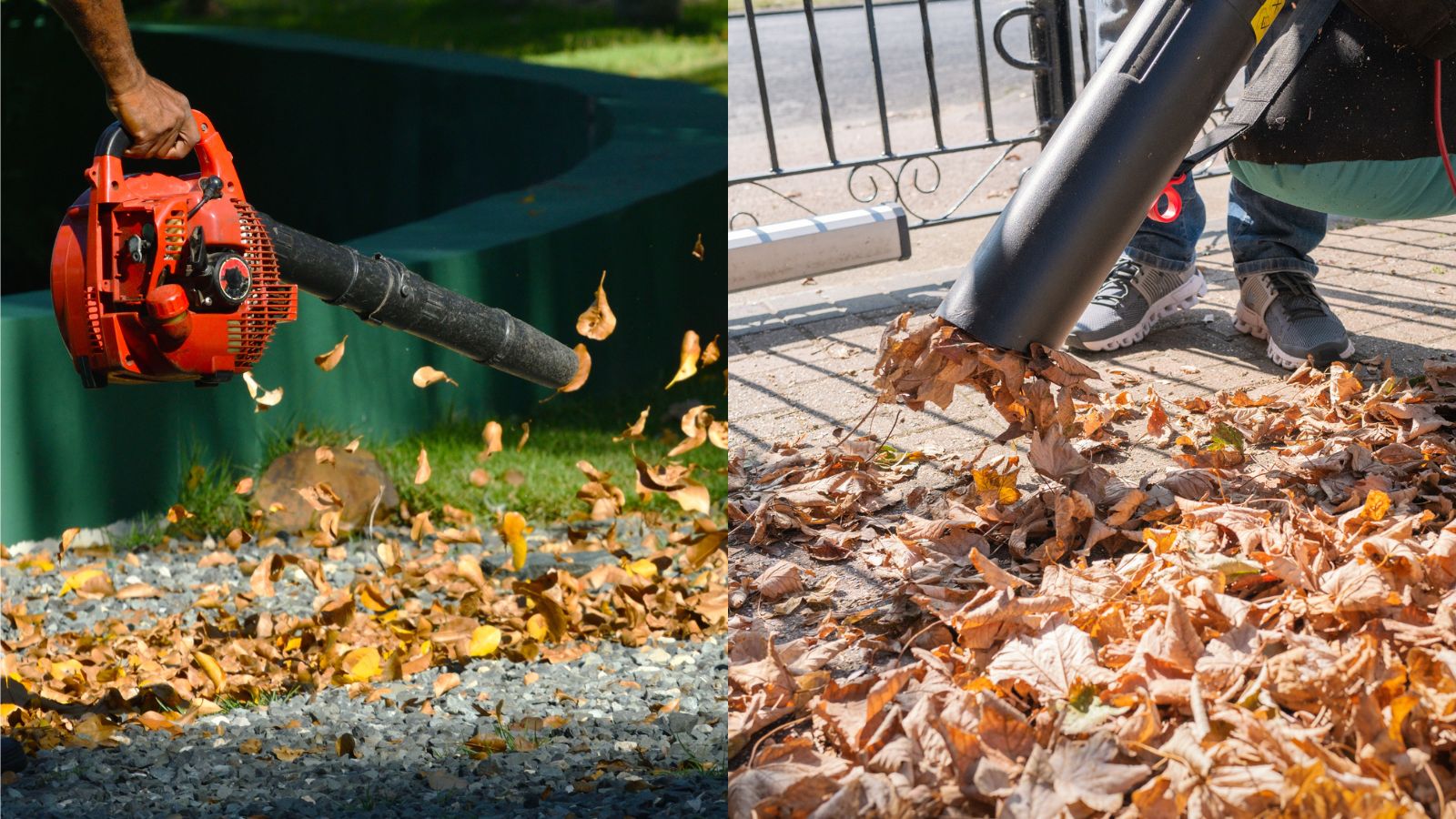 Leaf blowers vs leaf vacuums – which is best for your yard, and should you bother with either?
Leaf blowers vs leaf vacuums – which is best for your yard, and should you bother with either?It's not obvious which is best between leaf blowers v leaf vaccums. As a product tester, this is all you need to know about these controversial yard tools
By Alex David Published
-
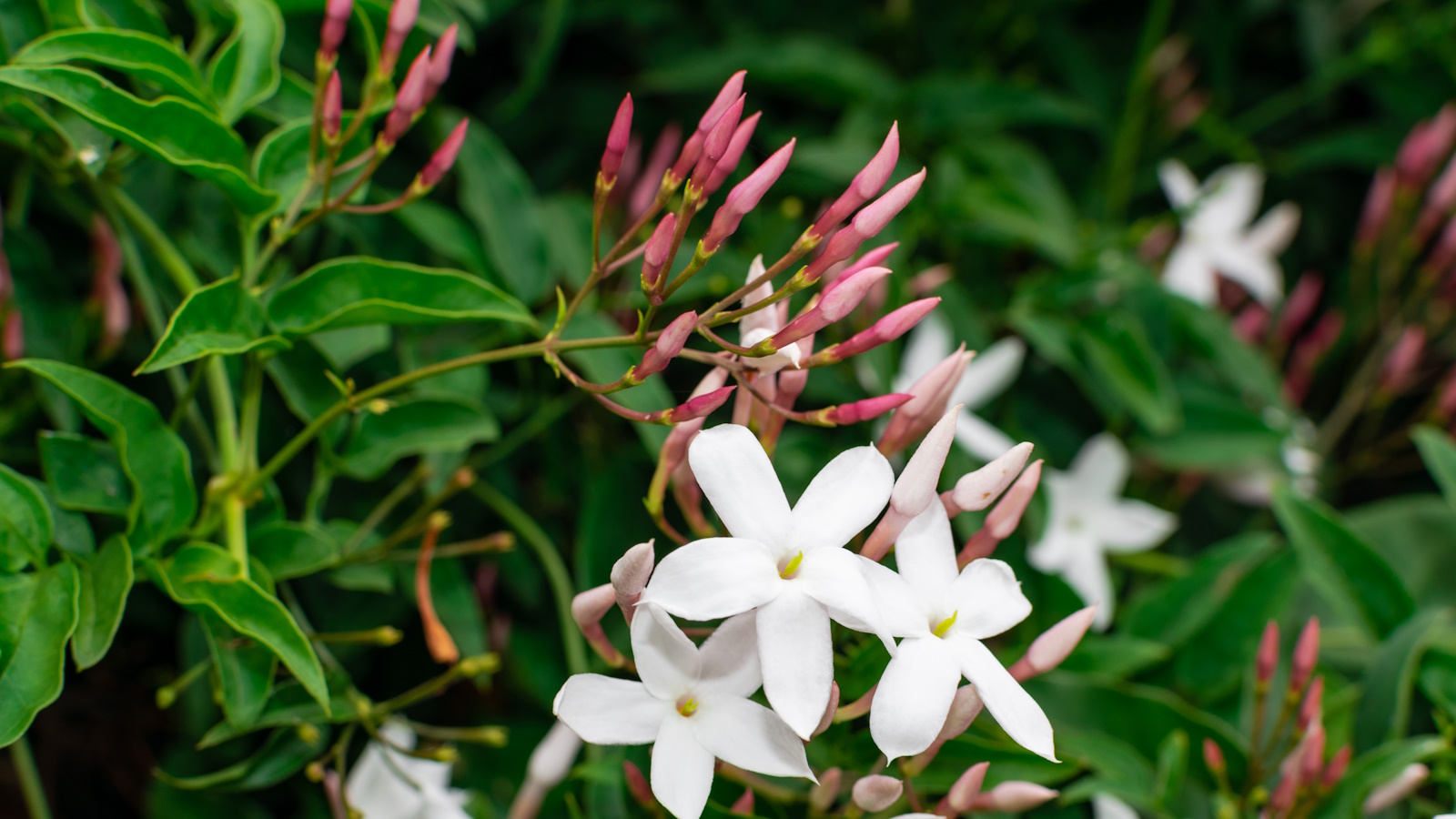 Pruning jasmine in late summer will ensure your plants bloom better than ever next year
Pruning jasmine in late summer will ensure your plants bloom better than ever next yearTiming is critical when pruning summer-flowering climbers
By Thomas Rutter Published
-
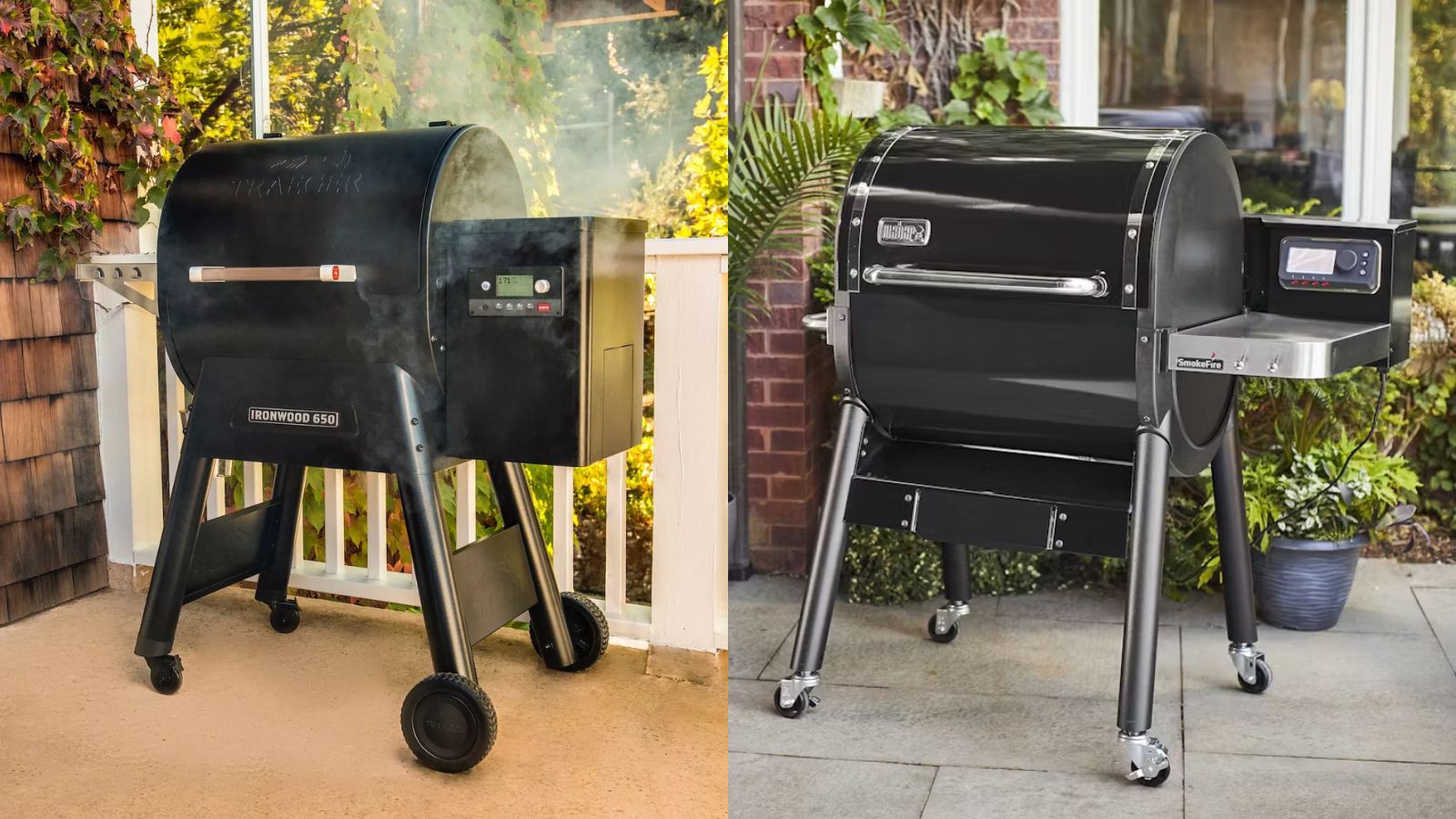 Weber vs Traeger – which pellet grill should I buy? Advice from a product tester
Weber vs Traeger – which pellet grill should I buy? Advice from a product testerThey're two titans of the grilling game, but who comes out on top between Weber vs Traeger? As a product tester, this is all you need to know about the brands
By Alex David Published
-
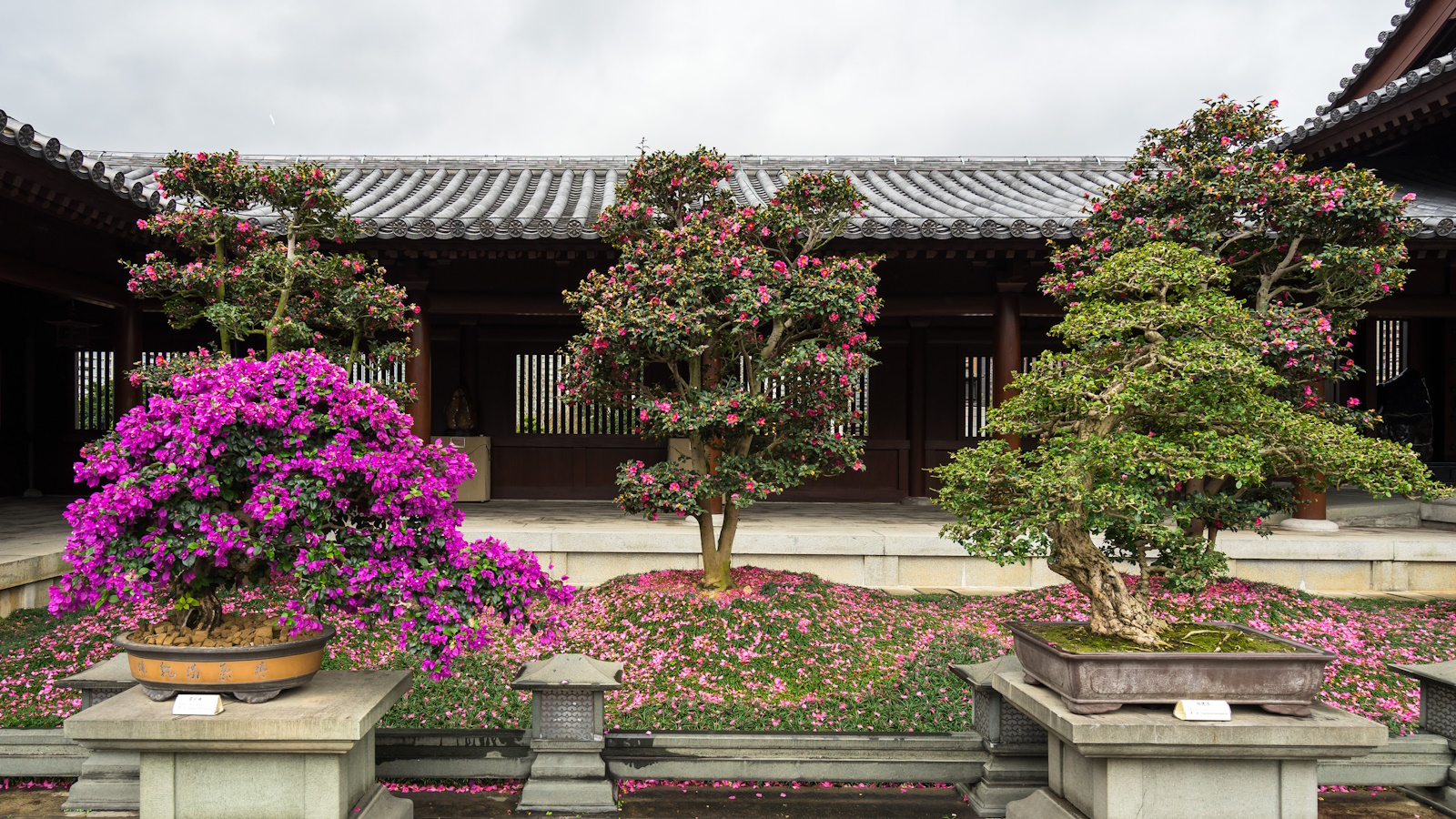 Bougainvillea in miniature – with a little patience, anyone can grow these vibrant plants in bonsai form
Bougainvillea in miniature – with a little patience, anyone can grow these vibrant plants in bonsai formGrowing bougainvillea bonsai trees can add impact to even the smallest of spaces
By Thomas Rutter Published
-
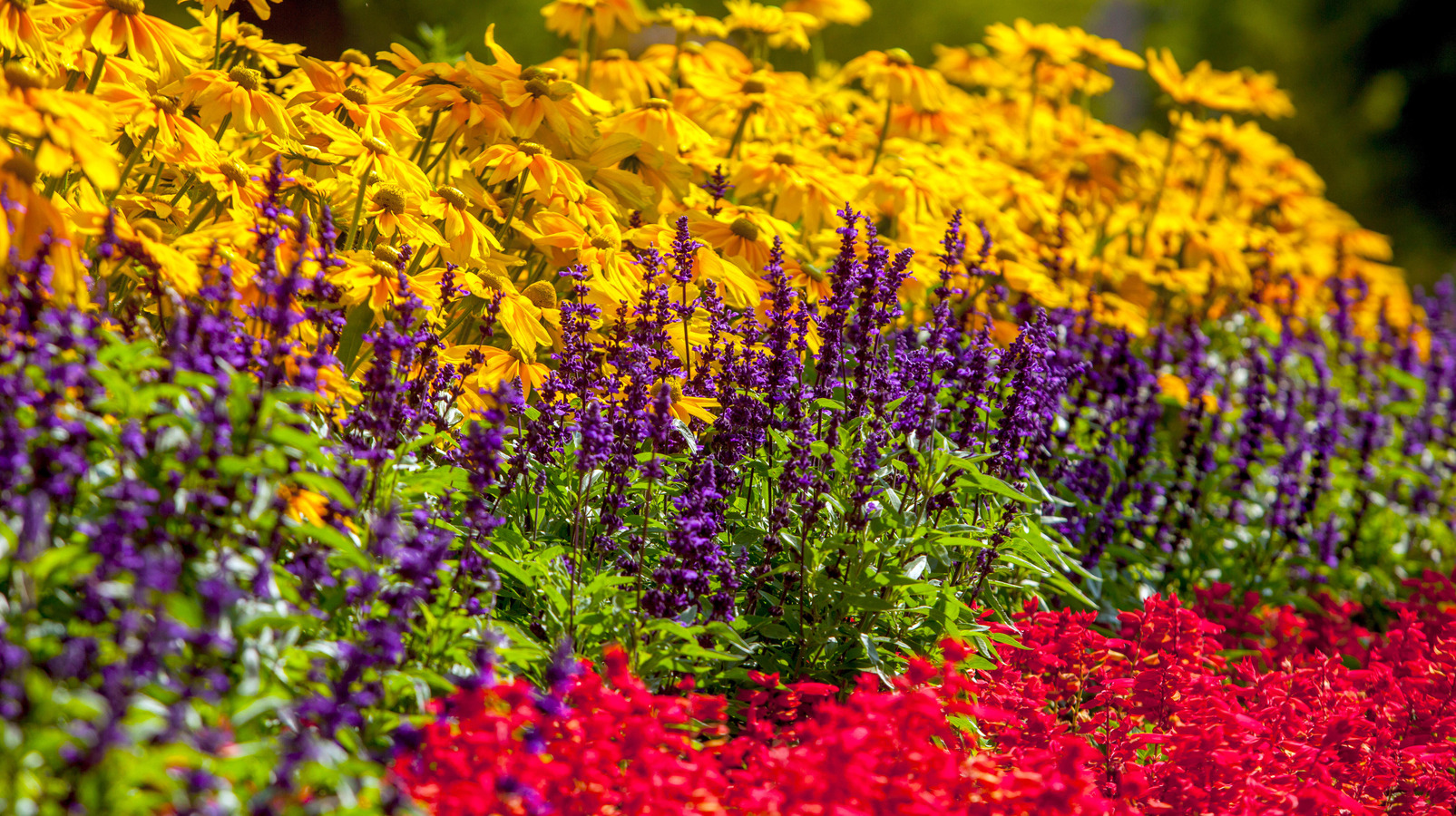 10 low maintenance, drought tolerant plants – for a beautiful and undemanding landscape
10 low maintenance, drought tolerant plants – for a beautiful and undemanding landscapeExpert plant picks for a thriving dry garden, that will make life easier and more colorful
By Jacky Parker Published
-
 How to grow eastern redbuds – the cherished native tree with striking spring blooms
How to grow eastern redbuds – the cherished native tree with striking spring bloomsAdaptable and reliable, eastern redbuds are tough trees that will not disappoint
By Thomas Rutter Published